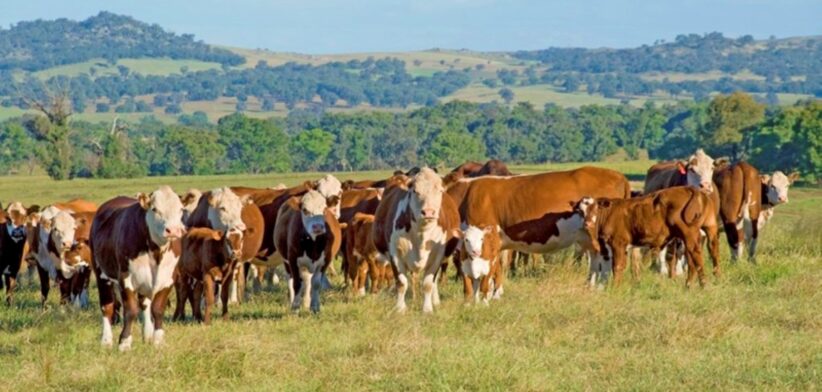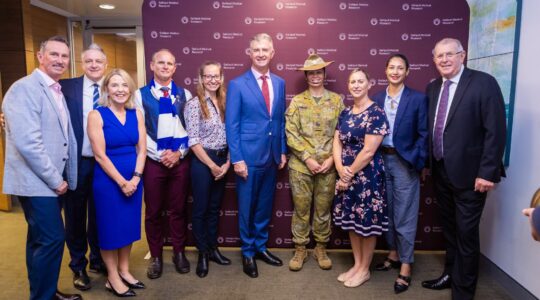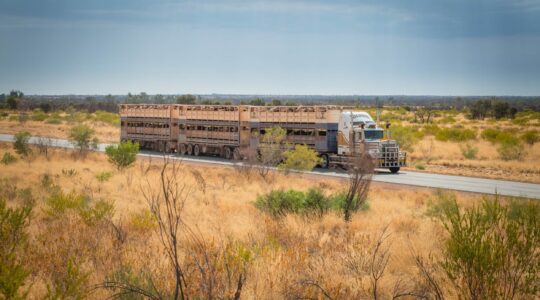Australian farmers are being asked to help train a global artificial intelligence (AI) model with the goal of improving management of a quarter of the world’s land.
CSIRO Senior Principal Research Scientist Dr Dadong Wang said a competition with a prize US$75,000 prize pool, run in partnership with Meat & Livestock Australia (MLA) and Google Australia, would help advance the use of AI in agriculture.
Dr Wang said the aim was to improve the accuracy and efficiency of estimating pasture biomass, which is the amount of grass and other edible plants available for livestock to graze.
He said this was a critical factor in grazing management that impacted productivity, environmental sustainability and biodiversity.
“Grazing systems cover around half of Australia’s landmass and roughly a quarter of the Earth’s land surface.
“Accurately measuring pasture biomass enables farmers to balance livestock needs with pasture regrowth, supporting better grazing decisions and long-term land health.”
Dr Wang said competitors would use pasture images linked with detailed field measurements to train an AI model to estimate pasture availability for livestock.
He said the images captured diversity across seasons, geographic locations and pasture species compositions.
“Each image is paired with detailed measurements, such as how tall the plants are and how green and healthy they look, based on how the pasture reflects light.
“By combining images with field data, we’ve collated a dataset that allows AI models to learn in more than one way.
“It can estimate pasture biomass directly from the images or combine the images with plant health and vigour information to produce even more accurate results.”
Dr Wang said participants would use images to predict the amount of pasture available and the quantity of other plant species, like clover, with greater accuracy and usability than current approaches.
He said this could reduce the need for manual sampling, provide farmers with faster and more reliable information to guide grazing decisions, and shape the next generation of digital pasture measurement tools.








